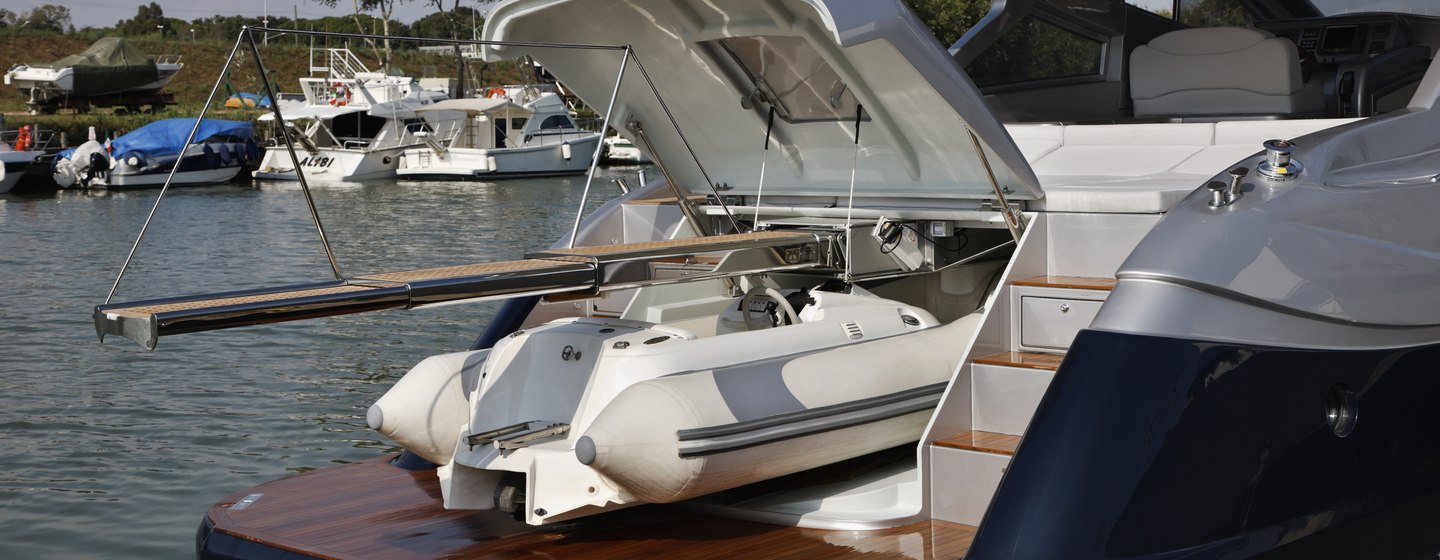The size and type of tender available to you may depend on the yacht's specific storage and launch system. Read on to find out more.
Common Launch and Recovery Systems
Tender Garage
On yachts under 30m (100ft), the tender is typically stored at the stern, with a transom door opening to reveal a space designed to accommodate a specific tender size. This garage requires a launch and recovery system, usually featuring an electric winch and rail system.
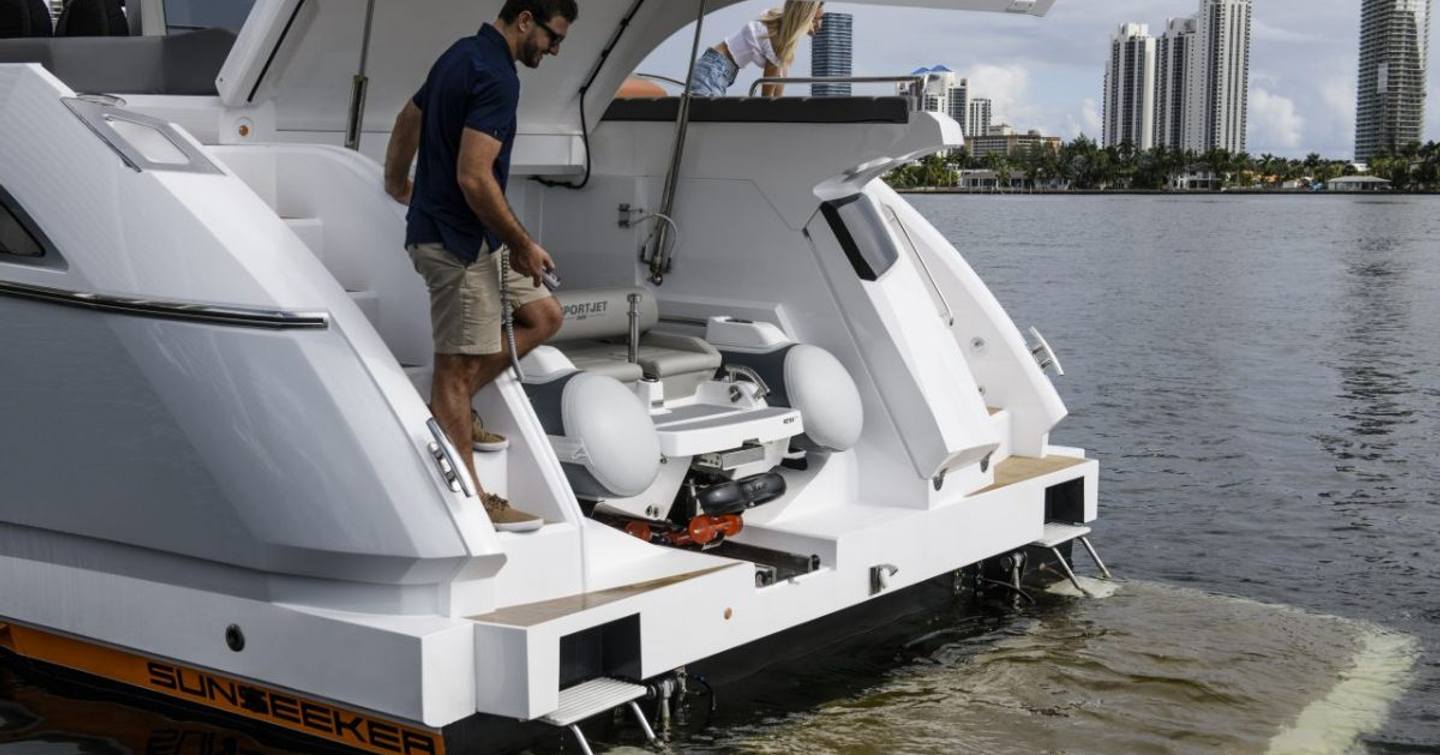
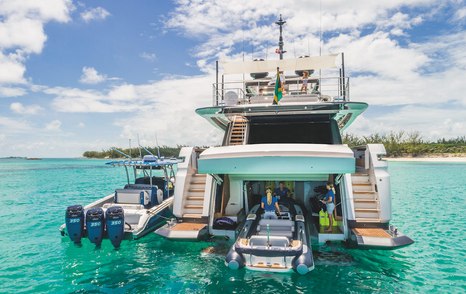
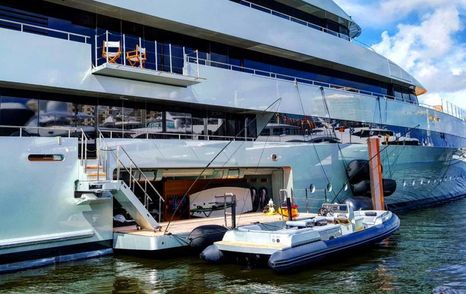
On smaller yachts, the tender may slide over the swim platform and into the water via a track. For larger yachts, launching and recovering a tender may also involve a hydraulic bathing platform that lowers to provide water access. These platforms are typically optional extras. On bigger vessels, garages are often situated to one side, using an overhead rail system to launch the tender. While there is still a maximum tender length, the main limitation is usually height.
Of all tender launch systems, a tender garage is the most restrictive in terms of the size of the tender it can accommodate.
Bathing Platform
When a tender is on chocks on the platform, there are multiple methods to launch it. One option is to lower a hydraulic bathing platform into the water, enabling the tender to float off. Another approach is to use a recessed hydraulic arm to lift and place the tender into the water. Smaller yachts might utilize a track system, allowing the tender to slide out and then be manually lowered into the water.
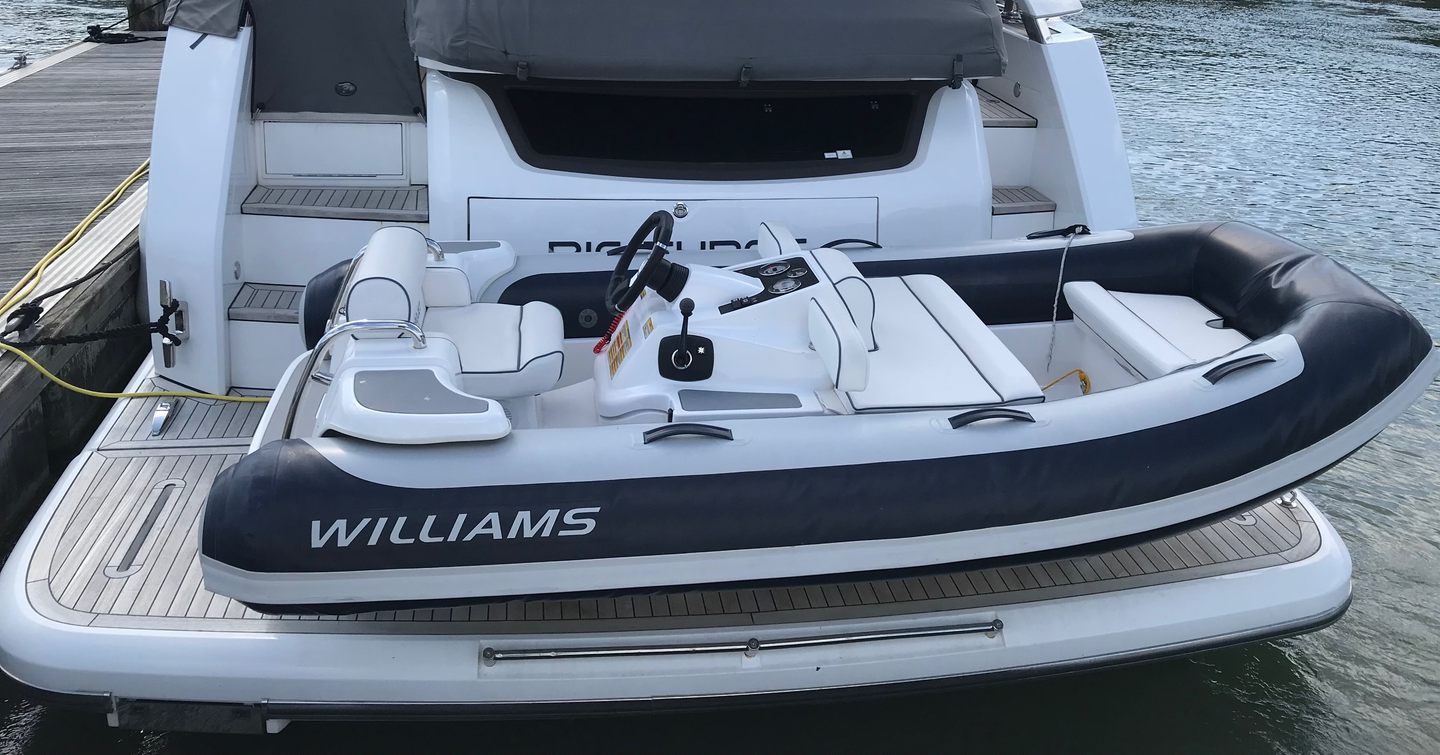
Deck and Upper Deck
Often favored by trawler and SUV-style yachts, as well as larger flybridge models, the tender can be stored on an upper deck area to keep the main working deck clear.
Launching the tender from this position requires a high-capacity crane, and due to the significant weight placed high up, this system is better suited for larger, heavier vessels.
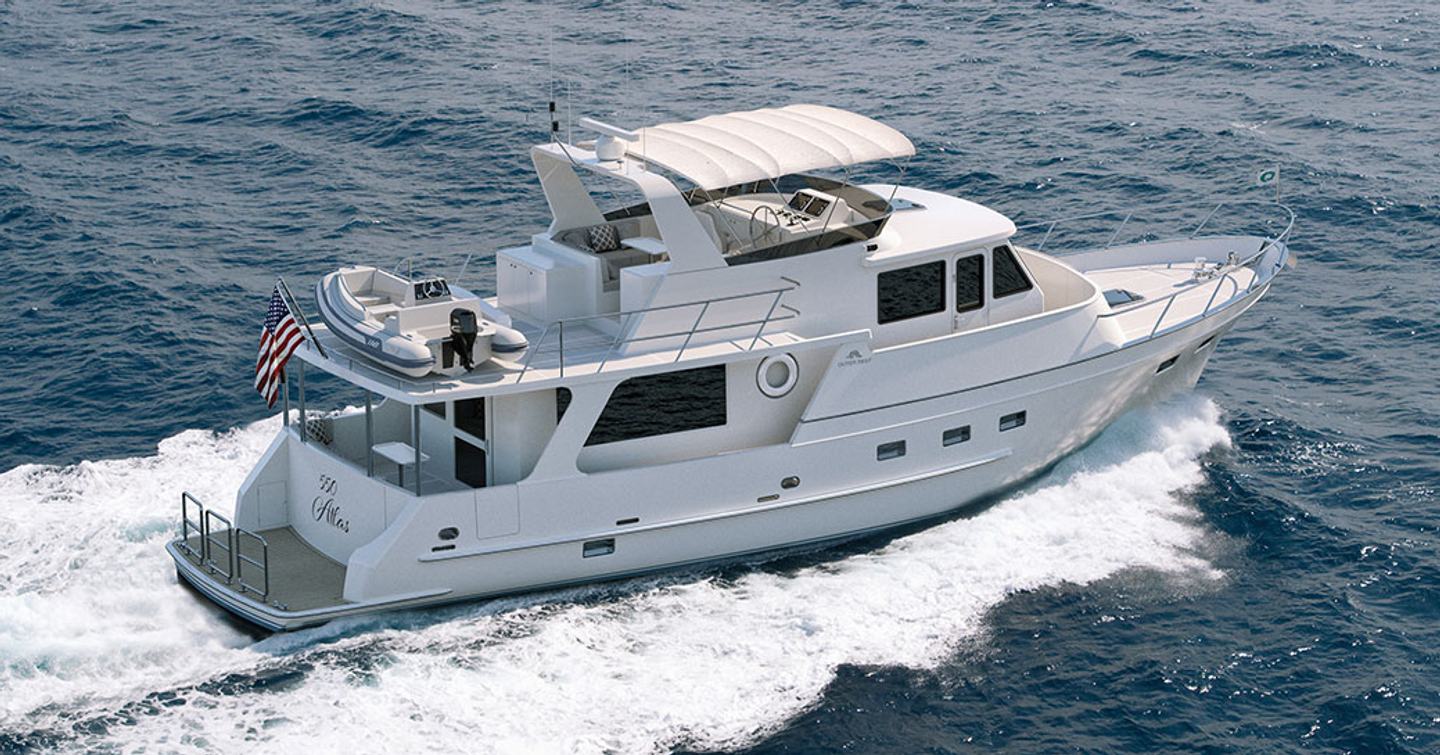
Davits and Cranes
A lesser-used launch and recovery system is davits, a deck-mounted system that is usually fixed above the transom with the tender hanging off or over the stern. The davits winch the tender up or down, either manually or using electric motors.
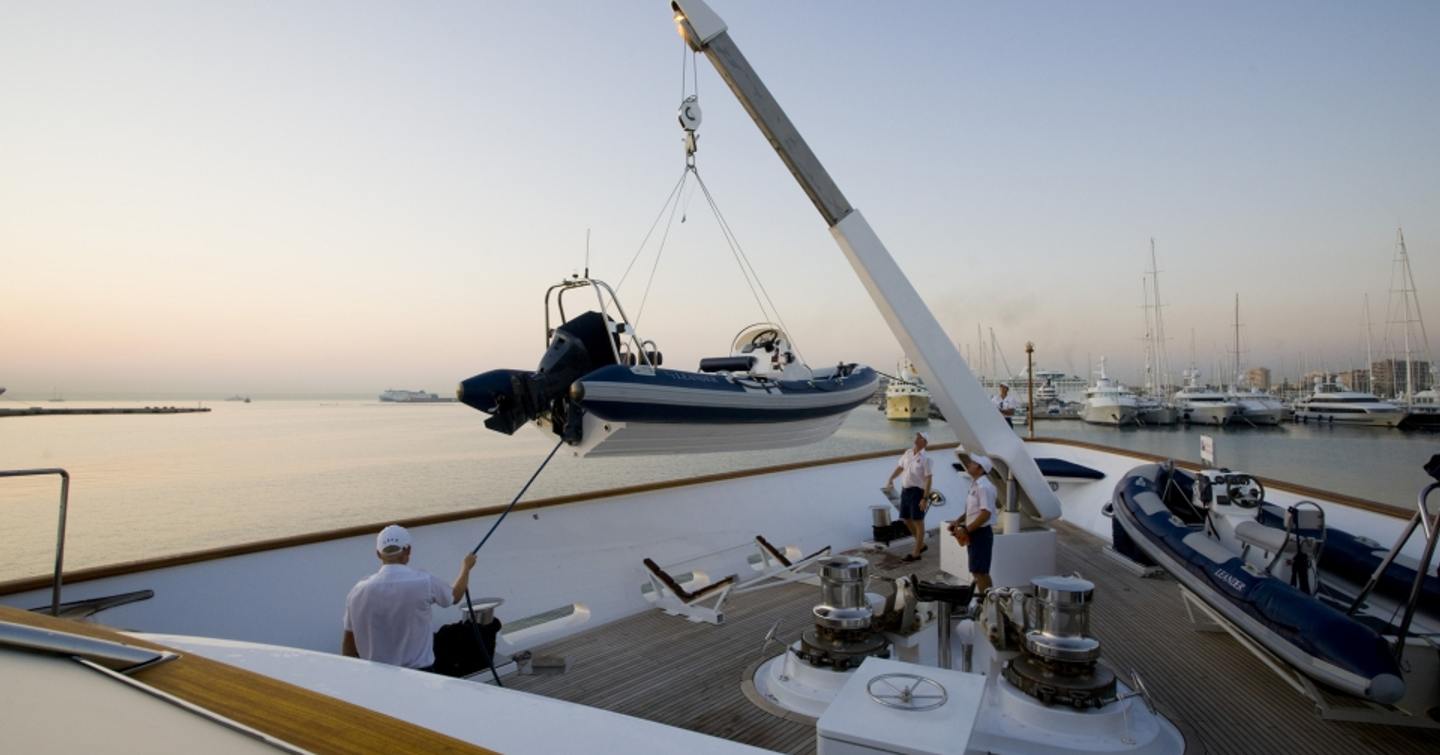
The design of modern yacht transoms, however, means that davits are rarely employable, with the system more commonly used on older vessels.
A wide range of marine cranes are on offer, with each boasting different maximum lifting capacities and reaches. If your yacht has a hydraulic system, this can be used to power a crane, or alternatively, an electric version can be used.
For more information
In Summary
Buying the right tender for your yacht involves considering the storage and launch system onboard. Yachts under 30m (100ft) typically feature stern garages, while smaller yachts may utilize swim platform tracks for launching. Larger vessels often have side garages or upper deck storage, necessitating high-capacity cranes for tender deployment.
Additionally, options like hydraulic bathing platforms, davits, and marine cranes offer varying degrees of flexibility and functionality. Understanding your yacht's capabilities and limitations is crucial when choosing the ideal tender to enhance your onboard experience.
